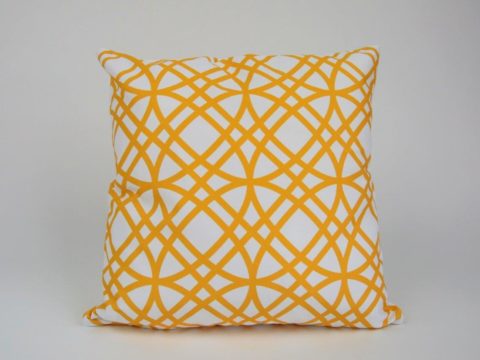Mary, Queen of Scots: Life Story
Chapter 5 : Marriage to the Dauphin
Marie had been confirmed as Governor of Scotland in 1554, and Mary, as she grew up, began to take an interest in the affairs of her kingdom, writing regularly to her mother, whom she trusted absolutely, even sending blank letters, signed with her royal signature, for her mother’s use.
Once again, lack of money created tensions in her household, culminating in a monumental row with her French governess, over clothes and the governess’ perks. Mary complained that Mme de Parois was stirring up trouble between herself, her grandmother and Queen Catherine. This quarrel led to an early manifestation of the severe gastric trouble that Mary suffered all her later life when under stress.
In 1558, Mary’s uncle François was the hero of the hour when he led an attack on Calais, and captured it from the English, who had held it since Edward III had captured it in 1347. This triumph encouraged Henri to solemnise the match between Mary and his son – it was a good way to reward the Duke of Guise, and would strengthen his right to call for Scottish help in further onslaughts on the English.
During Mary’s absence, the movement for religious reform had spread in Scotland, and Marie was battling to maintain the Catholic faith against the Protestant Lords who came to be called the Lords of the Congregation. To conciliate them, and to ensure that they too, supported Mary’s marriage, some of these lords formed part of the negotiating party sent to France. Also in the party was Mary’s half-brother, Lord James Stewart. He was leaning towards Protestantism, but was still a supporter of his step-mother, Queen Marie.
Mary and François were formally betrothed on 10th April 1558 and married two weeks later at Notre Dame. Mary was fifteen and four months, and the Dauphin three months past the legal minimum marriageable age for a boy, fourteen. All the accounts of Francois suggest that his health was poor, and that he is unlikely to have been able to consummate his marriage. Nevertheless, he and Mary were genuinely attached to each other.
The terms of the marriage treaty, were, on the face of it, reasonable. Francois was recognised as King of Scots, in right of his wife, with the government to be carried on in the absence of the couple, by Marie of Guise. State documents were to be signed by both of them, with François’ name in the superior location (left of paper).
If Mary were to die without children, both Henri and Francois swore they would uphold the succession of her next heir, currently Arran, who had been sweetened with the grant of the dukedom of Châtelherault. Once Francois acceded to the French throne, the countries would be ruled jointly, and their citizens would be naturalised in both countries. Their son would inherit both crowns, but, if they had only daughters, the eldest would become Queen of Scots. Should Mary be widowed, she would have the option of remaining in France as a dowager-queen, or returning home, with her substantial dower.
So far, so good. But Mary was persuaded (and there is no record of whether her consent was freely given, or whether she had to be induced) to sign three secret documents. These passed Scotland, in the event of her death without children, to France, together with her rights of inheritance in England. They also agreed that Scotland would repay the costs incurred by France in aiding its defence, and invalidated any future acts of the Scottish Estates that Mary accepted, which were in opposition to these articles. It is probably that Mary believed that Scotland would benefit enormously from being, effectively, an outpost of France.
The wedding, on 24th April, was elaborately celebrated. Contrary to custom, Mary wore white (usually considered the colour of mourning for French queens). Perhaps in later years, she regretted the unlucky choice.
Mary, Queen of Scots
Family Tree
